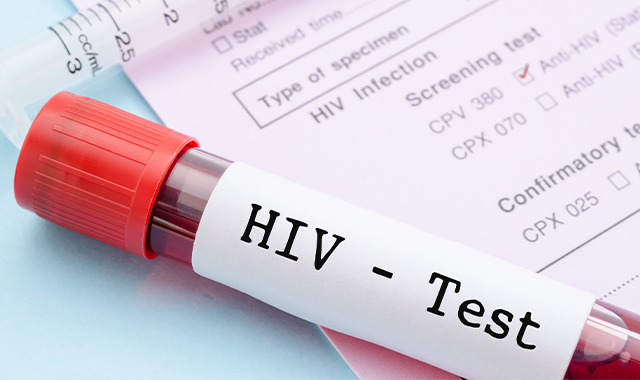California Bill Allows Pharmacists to Initiate HIV Medication Without Prescription
A new law gives pharmacists increased authority.

California Governor Gavin Newsom signed into law yesterday new legislation that allows pharmacists in the state to initiate and dispense HIV medication without a prescription.
The law, SB-159, was amended to say that “a pharmacist may initiate and furnish HIV preexposure prophylaxis” and “a pharmacist may initiate and furnish HIV postexposure prophylaxis.” Previously, only pharmacists in specific collaborative practice agreements were able to dispense the drugs independently.
In order to dispense either preexposure prophylaxis (PrEP) or postexposure prophylaxis (PEP), pharmacists will need to complete a board-approved training program, according to the law.
According to the non-profit Equality California, pharmacists will be able to dispense at least a 30-day supply (up to a 60-day supply) of PrEP and a complete course of PEP, making California the first state in the country to allow pharmacists that authority.
The law also prevents insurance companies from requiring step therapy or prior authorization and will take effect starting January 1.
Related article: CDC Calls on Pharmacists to Aid HIV Epidemic
Advocates for the law say it is a step in the right direction to remove stigmas and increase access to a potentially life-saving medication. “The HIV epidemic is still a pressing issue today-especially for LGBTQ people of color and folks in rural communities. But with Governor Newsom’s signature, SB 159 is a giant step forward in getting to zero transmissions, zero deaths, and zero stigma,” said Rick Zbu, executive director of Equality California, in a statement.
The California Health Benefits Review Program (CHBRP), which provided analysis for the bill, found that overall, rates of increased access to PrEP and PEP would be relatively modest-at least at the beginning. The organization found that PrEP access would increase post mandate by 588 enrollees (from 29,395 to 29,982) in commercial and CalPERS plans and by 180 enrollees (from 9,000 to 9,180) in Medi-Cal. Access to PEP would increase by 121 enrollees (from 6,055 to 6,176) in commercial and CalPERS plans and by an unknown number in Medi-Cal.
However, while initial access gains will likely be slim (an estimated 25 fewer HIV cases will result in the first year), CHBRP says utilization will increase over time as more pharmacists complete the training and more patients and healthcare professionals are aware of PrEP and PEP (in a 2015 survey, 34% of primary care doctors and nurses had never heard of PrEP). CHBRP says awareness remains lowest among groups most likely to contract HIV (men who have sex with men, transgender women, blacks, and Hispanics).
Therefore, CHBRP concluded in their report, “In order for independent furnishing of PrEP by pharmacists to increase utilization, patients need to be engaged in HIV prevention and seek PrEP from pharmacists.”
The new law is part of the trend seeing pharmacists gain increased authority, something pharmacy groups have long advocated for.
APhA CEO Thomas E. Menighan, BSPharm, MBA, ScD (Hon.), FAPhA tells Drug Topics, “Pharmacists are uniquely positioned in communities to serve the public where they work and live. The opportunity to provide preventative, public health services is a natural extension of what we’re trained to do. We congratulate Californians on their new law that permits pharmacists to serve an important role in the prevention of HIV AIDS.”
